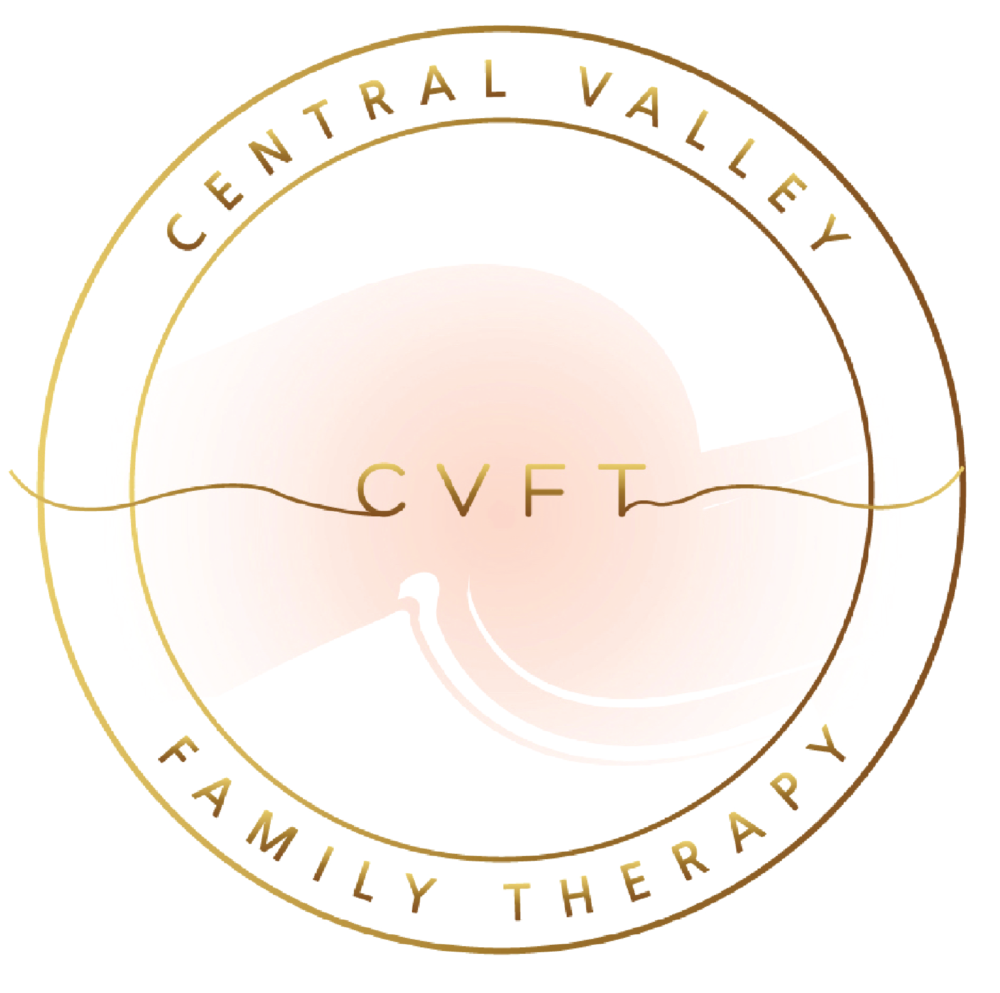Therapy is more than just showing up to a session and talking. It’s a dynamic, intentional process that requires courage, vulnerability, and consistent effort. While your therapist offers guidance, insight, and a safe space to explore your inner world, the true work of therapy happens within you. But what does “putting in the work” actually look like?
Let’s break it down.
1. Showing Up Consistently—Even When It’s Hard
Therapy isn’t always comfortable. Some weeks you might feel like skipping because you’re tired, overwhelmed, or feeling “fine.” But growth happens in consistency. By committing to regular sessions, you’re telling yourself that your healing matters—even on the days when it’s tough to show up.
What it looks like:
-
Attending sessions even when you’re not sure what to talk about.
-
Prioritizing therapy in your schedule.
-
Recognizing that healing doesn’t always feel good in the moment.
2. Being Honest—With Yourself and Your Therapist
Real progress happens when you bring your authentic self into the room. That means sharing the messy, uncomfortable, even contradictory parts of your thoughts and feelings. You don’t need to have it all figured out—therapy is the space to unravel and understand it together.
What it looks like:
-
Naming emotions like shame, guilt, anger, or fear.
-
Admitting when you’ve fallen back into old patterns.
-
Telling your therapist when something isn’t working or doesn’t feel right.
3. Doing the Work Between Sessions
Think of therapy as a gym for your emotional and mental health—you build strength during the session, but the real gains come from practicing between appointments. Whether it’s completing assigned exercises, journaling, reflecting, or noticing your triggers, what you do outside of therapy matters.
What it looks like:
-
Practicing communication skills in real-life situations.
-
Challenging unhelpful thoughts using CBT tools.
-
Keeping a journal to track emotional patterns and triggers.
4. Facing Patterns—Not Just Problems
It’s easy to focus on external circumstances: your job stress, a recent argument, or a bad week. While those are valid concerns, therapy becomes transformative when you begin to identify patterns—repeated ways of thinking, behaving, or relating that hold you back.
What it looks like:
-
Noticing how you react to feedback or conflict.
-
Exploring how early experiences shape your beliefs.
-
Understanding how your coping strategies protect you—and where they might limit you.
5. Staying Open to Discomfort and Change
Progress in therapy often brings discomfort. As you confront old wounds or shift your behaviors, things can feel unfamiliar—even scary. This is normal and expected. Growth lives outside your comfort zone.
What it looks like:
-
Feeling more emotional than usual.
-
Sitting with difficult truths instead of avoiding them.
-
Taking small, intentional risks in your behavior and relationships.
6. Celebrating Wins—Big and Small
Therapy isn’t just about fixing what’s broken. It’s also about recognizing your resilience, reclaiming your power, and celebrating the wins along the way. Progress isn’t always linear, so it’s important to acknowledge the moments when things start to shift.
What it looks like:
-
Noticing when you respond differently in a stressful situation.
-
Feeling more self-compassion or clarity.
-
Saying “no” when you used to people-please.
Final Thoughts: Therapy Is a Partnership
Putting in the work in therapy doesn’t mean doing it all perfectly. It means showing up, trying, falling short, learning, and trying again. It’s a collaborative journey—one where your therapist walks alongside you, but you lead the way.
Healing is hard work. But it’s also empowering, life-changing, and deeply worth it.


Recent Comments